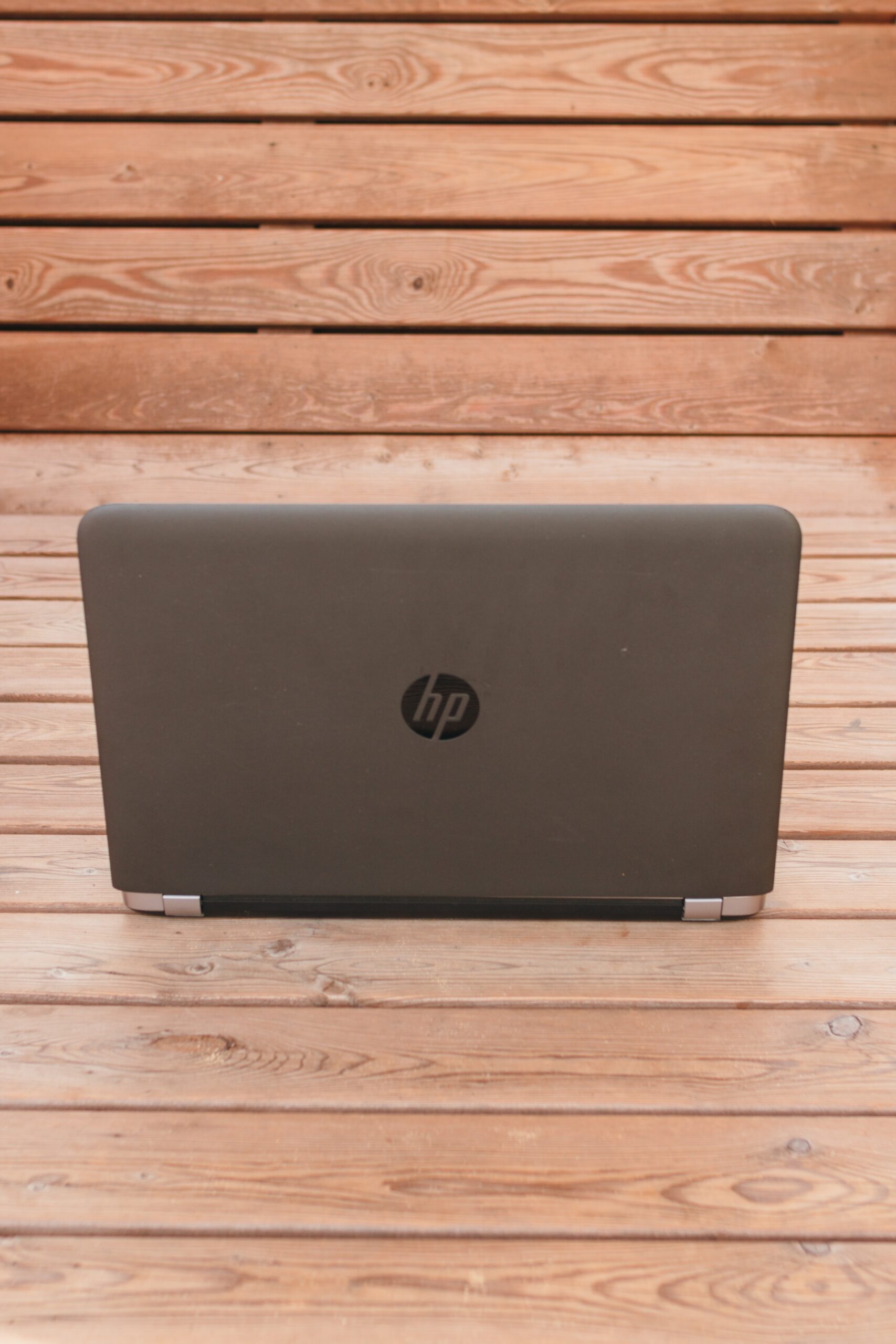Hewlett-Packard’s Commitment To Sustainability Achieves Substantial Results
News last spring that eight of ten consumers factor the environmental impacts into their purchases (a jump from not quite 50 percent in 2018) undoubtedly made many corporations ramp up environmental strategies.
For Hewlett-Packard, however, a commitment to the environment has long been an essential part of their business. Back in 1966, the tech giant had a recycling program for computer punch cards, and since 1991, it has upcycled nearly 900 million of its printer cartridges back into HP products – and out of landfills.
Hewlett-Packard has generated some particularly impressive sustainability numbers in the last few years. During 2019, HP utilized over 25,000 tonnes of post-consumer recycled content plastic in its products and lowered its Scope 1 and Scope 2 GHG emissions by 44 percent worldwide since 2015.
This year, HP improved its Elite Dragonfly laptop – which The Verge hailed in 2019 as “perhaps the nicest business laptop we’ve ever tested” – by making it the world’s first notebook created with ocean-bound plastic. They also introduced the first-ever mobile workstation with ocean-bound plastics (the HP ZBook Studio) and a home printer (the Tango Terra) that is both net-carbon neutral and sold without plastic packaging.
In early November, Forbes ranked HP behind only Apple on its list of “Most Sustainable Consumer Tech Companies.” The latest in a long list of honors it has garnered. HP, however, isn’t resting on its laurels. By 2025, they aim to recycle 1.2 million tonnes of hardware and supplies, use 60 percent renewable electricity worldwide, and divert around 23,000 tonnes of plastics from reaching oceans and other waterways.
The company’s focus on improving the environment not only has had positive effects on the planet but has been good for their bottom line too. HP estimates that its sustainability agenda contributed to over $1.6 billion in sales during 2019. Their goal is to create a “low-carbon, circular economy,” which they envision benefiting the world on both environmental and social levels since pollution and other ecological hazards typically disproportionately impact people in lower-income areas and communities of color.
An excellent example of HP’s commitment to this sustainability goal is their presence in Haiti, where the company is involved in a plastic washing line enterprise. Since 2016, more than 1.6 million pounds of plastic materials have been diverted and recycled there – and utilized in products like the HP Elite and HP Pro computers. Besides the obvious sustainability benefits, this program also has resulted in creating more jobs and upgrading working conditions for Haitians, along with improving education and health care opportunities in that nation.
Being a good citizen of the world was a core principle in the first set of corporate objectives that founders Bill Hewlett and Dave Packard created in 1957. And this credo remains central to the company today. “Brands that lead with purpose and stand for more than the products they sell will create the most value for customers, shareholders, and society as a whole,” HP Inc.’s President & Chief Executive Officer Dion Weisler stated in 2019.
HP extends its environmental commitment throughout its supply chain too. Since 2010, its suppliers have subtracted 1.26 million tonnes of CO2e emissions and saved a cumulative 847 million kWh ($109 million) of electricity.
In 2019, HP partnered with World Wildlife Fund (WWF) to launch the HP Sustainable Forest Collaborative, which aims to restore, conserve and protect 200,000 acres of forest over a 5-year period. They also teamed up with Elle Magazine to create the world’s first sustainably printed fashion magazine, with a cover printed on 100 percent post-consumer waste paper stock and the interior pages made with 30 percent recycled materials.
Earlier this year, HP joined over 150 businesses in signing the “Recover Better” statement, which encouraged governments around the globe to make sure that COVID-19 economic aid and recovery efforts align with the latest climate science.
Similarly, HP reaches out to enlist its customers in its mission to increase the reusability of products. HP Planet Partners has been hailed as the world’s #1 printer supplies recycling program. This year, HP has expanded Planet Partners to 68 new countries, while also introducing a new mobile-friendly app that makes it even easier for people to participate in the recycling process.
It might not seem like a big deal to recycle your HP printer cartridges through this program, but every recycling effort really is important. To quote HP’s Chief Sustainable Impact Officer, Nate Hurst: “even small advancements, scaled globally, can have a huge impact.”





